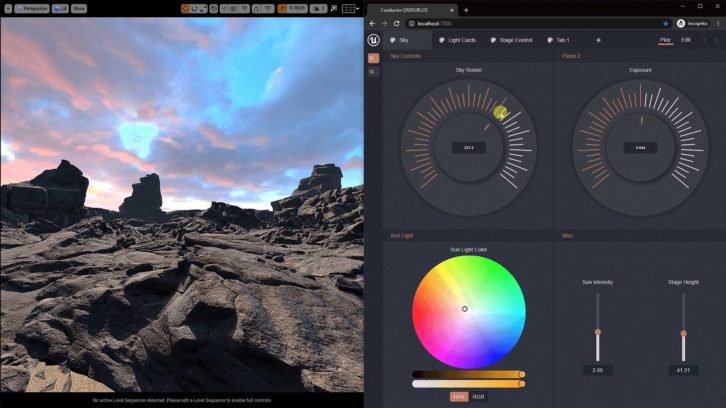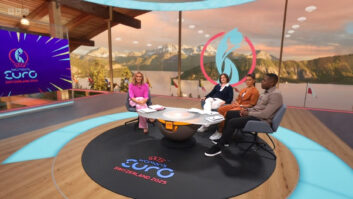Epic Games has released an updated version of its Unreal Engine which it says offers creatives more believable real-time environments and characters for film and TV productions.
Among the updated features is an extended virtual production toolset, which leverages technology such as NVIDIA’s NVLink to enable users to transfer data between two GPUs at very high speed, in order to support the increasing number of pixels on LED volumes.
Unreal said this allows any viewport to be rendered on another GPU; for example, one display-facing GPU would render the entire scene while another handles the inner frustum, passing the pixels back to the first one.

The latest release also introduces a new fully REST-compliant Remote Control API that enables users to easily collect and organise any parameters or function libraries from the Unreal Engine UI into customisable presets. The company gave an example of an artist on a virtual production stage being able to easily change the sky rotation or the sun position from an iPad. This feature also benefits broadcast and live events teams who may need to make changes remotely in real time.
Other updates include more convincing animated characters; a new Volumetric Cloud component that is able to interact with Sky Atmosphere, Sky Light, and up to two directional lights; new features to Movie Render Queue, which make it possible to output render passes including matte IDs, camera motion vectors, Z-depth, ambient occlusion and reflections; as well as improvements to the Chaos physics tool, ray tracing, new GPU Lightmass, a completely new Virtual Camera system, enhanced DMX support, and new Datasmith exporter plugins for Rhino and Naviworks.







